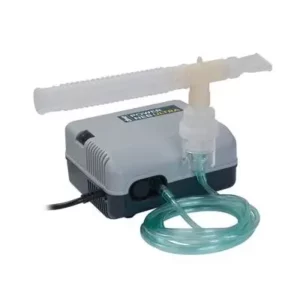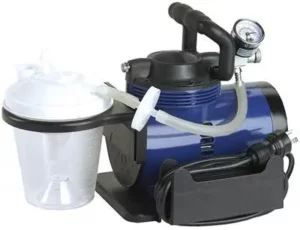What is a nebulizer?
If you have asthma, your doctor may prescribe a nebulizer as treatment or breathing therapy. The device delivers the same types of medication as metered-dose inhalers (MDIs), which are the familiar pocket-sized inhalers. Nebulizers may be easier to use than MDIs, especially for children who aren’t old enough to properly use inhalers, or adults with severe asthma.
A nebulizer turns liquid medicine into a mist to help treat your asthma and is made up of a base that holds an air compressor, a small container for liquid medicine, and a tube that connects the air compressor to the medicine container. Above the medicine container is a mouthpiece or mask you use to inhale the mist. A nebulizer works by sending Pressurized air through the tube and turns the liquid medicine into a mist.
Your doctor will determine which medications you need to take in the nebulizer based on your individual needs. The type of medication and dose will be prescribed by your doctor. You may receive premixed containers of liquid that can be opened and placed in the machine, or you may have to mix the solution before each use.
Oral Suctioning
The purpose of oral suctioning is to maintain a patent airway and improve oxygenation by removing mucous secretions and foreign material (vomit or gastric secretions) from the mouth and throat (oropharynx). Oral suction is the use of a rigid plastic suction catheter, known as a yankauer (see Figure 5.3), to remove pharyngeal secretions through the mouth (Perry et al., 2014). The suction catheter has a large hole for the thumb to cover to initiate suction, along with smaller holes along the end, which mucous enters when suction is applied. The oral suctioning catheter is not used for tracheotomies due to its large size. Oral suctioning is useful to clear secretions from the mouth in the event a patient is unable to remove secretions or foreign matter by effective coughing. Patients who benefit the most include those with CVAs, drooling, impaired cough reflex related to age or condition, or impaired swallowing (Perry et al., 2014).


